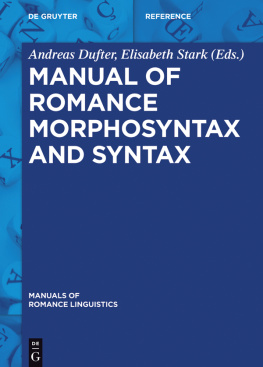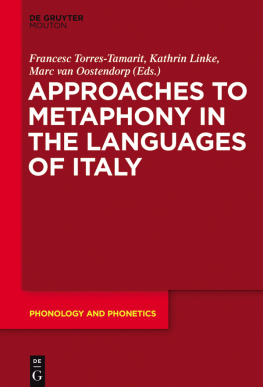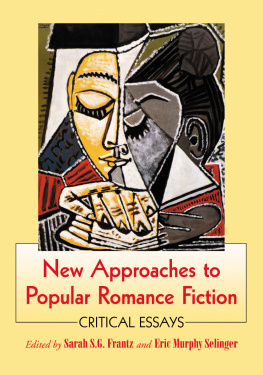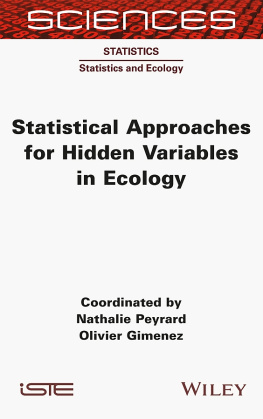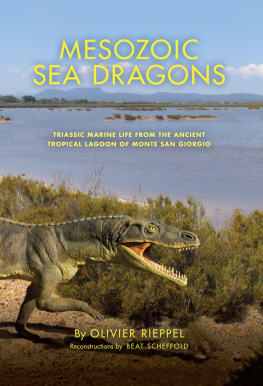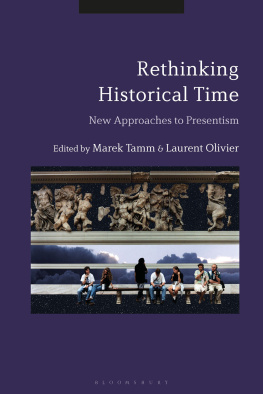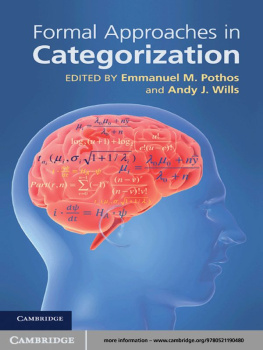Marc-Olivier Hinzelin - Formal Approaches to Romance Morphosyntax
Here you can read online Marc-Olivier Hinzelin - Formal Approaches to Romance Morphosyntax full text of the book (entire story) in english for free. Download pdf and epub, get meaning, cover and reviews about this ebook. year: 2020, publisher: De Gruyter, genre: Science. Description of the work, (preface) as well as reviews are available. Best literature library LitArk.com created for fans of good reading and offers a wide selection of genres:
Romance novel
Science fiction
Adventure
Detective
Science
History
Home and family
Prose
Art
Politics
Computer
Non-fiction
Religion
Business
Children
Humor
Choose a favorite category and find really read worthwhile books. Enjoy immersion in the world of imagination, feel the emotions of the characters or learn something new for yourself, make an fascinating discovery.

- Book:Formal Approaches to Romance Morphosyntax
- Author:
- Publisher:De Gruyter
- Genre:
- Year:2020
- Rating:4 / 5
- Favourites:Add to favourites
- Your mark:
- 80
- 1
- 2
- 3
- 4
- 5
Formal Approaches to Romance Morphosyntax: summary, description and annotation
We offer to read an annotation, description, summary or preface (depends on what the author of the book "Formal Approaches to Romance Morphosyntax" wrote himself). If you haven't found the necessary information about the book — write in the comments, we will try to find it.
Formal Approaches to Romance Morphosyntax — read online for free the complete book (whole text) full work
Below is the text of the book, divided by pages. System saving the place of the last page read, allows you to conveniently read the book "Formal Approaches to Romance Morphosyntax" online for free, without having to search again every time where you left off. Put a bookmark, and you can go to the page where you finished reading at any time.
Font size:
Interval:
Bookmark:
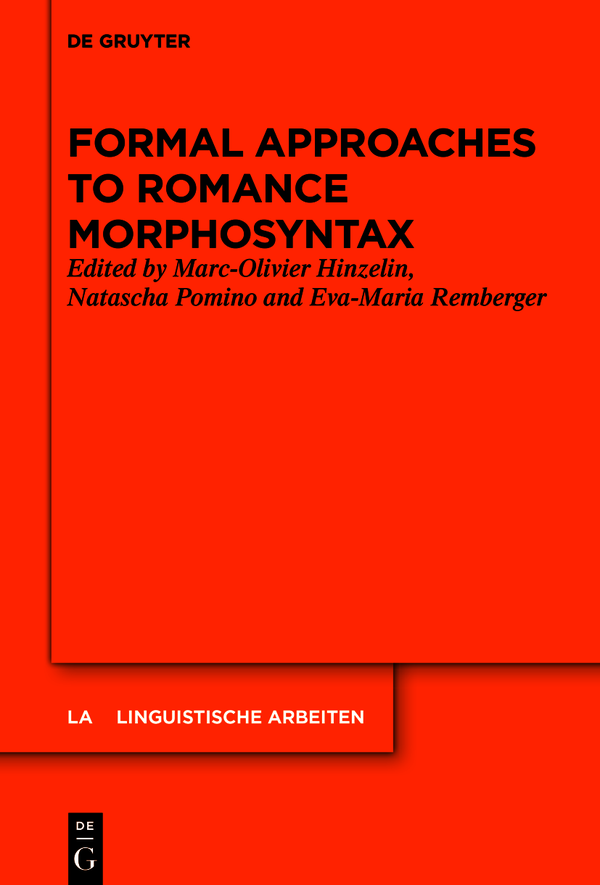
Linguistische Arbeiten
Edited by
Volume
ISBN 9783110718805
e-ISBN (PDF) 9783110719154
e-ISBN (EPUB) 9783110719284
Bibliographic information published by the Deutsche Nationalbibliothek
The Deutsche Nationalbibliothek lists this publication in the Deutsche Nationalbibliografie; detailed bibliographic data are available on the Internet at http://dnb.dnb.de.
2021 Walter de Gruyter GmbH, Berlin/Boston
This volume comprises a selection of contributions presented at a workshop entitled The Morphosyntax of the Romance Languages and its Formal Analysis, part of the XXXV Romanistentag Dynamics, Encounter, and Migration in Zurich in 2017. The single chapters offer elaboration and revision of existing theoretical approaches as well as new formal analytical methods to Romance morphosyntax together with a comparative perspective on a range of data from the Romance languages, much of it novel in substance. They draw on approaches developed in recent grammatical theorizing, particularly in Generative Grammar; theoretical frameworks complementary to Generative Syntax, such as Distributed Morphology and Nanosyntax, are successfully adopted in order to analyse a vast range of Romance data not only from major Romance languages but also from non-standard, diatopic, and diachronic varieties.
Introduction
This book aims to contribute to the discussion surrounding words and word structure and their interaction in phrasal and clausal syntax from a Romance perspective, using different formal mechanisms embedded in the framework of Distributed Morphology, Nanosyntax and Minimalist Syntax. Recent years have witnessed a resurfacing of interest in the interaction of morphology and syntax, from both a metatheoretical and a phenomenon-based perspective. This volume comprises both perspectives: some of the papers have a special focus on which theoretical architecture is appropriate to explain a grammatical phenomenon, whereas other authors examine the question of which factors or features impinge on the morphosyntactic phenomenon at issue and how this effect can be accounted for.
Morphosyntax can be understood as the comprehensive study of morphological and syntactic properties of linguistic units or as the analysis of the interaction of morphology and syntax at the interface only. There are certain phenomena where we wouldnt want to separate sentence and word level, and part of the key to understanding the architecture of grammar is working out what those phenomena are. Possible answers are hence very much dependent on the perspective taken: the grammatical theory chosen steers us in a certain direction; a typological exploration may give us deeper insights into language variation and the possible grammatical paths; a synchronic analysis relying on native speaker judgements provides us with answers that are quite different to those that might arise from a historical-comparative study meticulously investigating the structures available in manuscripts from a bygone era. Studying language change can help us to answer the question of whether both components of grammar are really balanced in the sense that one takes over the job of the other, or whether we are in fact simply dealing with one and the same component, as argued by many scholars within the generative tradition (this question is discussed extensively in ).
For many grammatical phenomena, especially for agreement phenomena where syntactic relations are realized morpho(phono)logically, it is not easy to draw a dividing line between syntactic and morphological structure. From the perspective of syntax-driven models, this has led to the assumption that syntax is the module responsible not only for deriving syntactically complex phrases but also for deriving morphologically complex items, both in inflection and in word formation. The core assumption of so-called non-lexicalist realizational models is that syntax generates hierarchical structures based on abstract features and morphology maps those features (and structures) onto phonological material.
From a theoretical perspective, there are thus ongoing discussions and conflicting assumptions concerning the relationship between syntax and morphology. The question is whether morphology should be conceived as an autonomous component of grammar or whether it simply belongs to syntax. The Strong vs. Weak Lexicalist Hypothesis discusses whether derivation forms part of syntax (cf. : 3842, 113), later termed Affix Hopping, treats inflectional morphology as syntactic derivation. If morphology is conceived as autonomous, the question of where it takes place within the grammatical architecture (pre-syntactically, post-syntactically or parallel to syntax) remains unanswered.
One main open question to be considered is the one whether there is a difference between morphological and syntactic processes. If this is the case, then we need to establish what creates this difference and on which basic units (features, morphemes, words, etc.) syntax operates. Under the theoretical perspective, there are at least three different approaches to morphology: within the Strong Lexicalist approach, syntax and morphology (i.e. inflection and derivation) are two different components. In these frameworks, morphosyntax is reduced more or less to interface phenomena in the sense that information has to be transferred or percolates from one component to the other. For instance, in the Feature Checking approach of early Minimalism (, 2001). In this approach, all inflectional phenomena are thus understood as morphosyntax, i.e. as cases where we cannot divide the two levels. And finally, syntactic approaches to morphology (e.g. Distributed Morphology) argue in favour of syntax being the only structure-generating device.
In early Distributed Morphology (DM; Halle & Marantz 1993, 1994), one of the most articulated non-lexicalist realizational models, a set of post-syntactic operations can alter or rearrange the syntactic output before the list of form-meaning correspondences (= Vocabulary Items in DM) is accessed. Since the early works in DM, a considerable number of different post-syntactic operations have been proposed, such as fusion, fission, impoverishment, local dislocation, pruning, etc. Some of these processes are considered necessary to cope with different mismatches between syntax and morphology:
Fusion is assumed, for example, for portmanteau morphemes (e.g. French du, instead of *de le of the) and other cases where the syntactic output is more complex than the morphological formatives (e.g. the present tense forms of the Romance verb; cf. Oltra Massuet 1991).
Fission, on the other hand, is proposed to account for more or less the opposite situation i.e. for those cases where the form is more complex than the syntactic output, as e.g. in Tamazight Berber where the agreement morpheme (= one terminal node) can be exponed by one, two or three Vocabulary Items which may appear as prefixes and/or suffixes (cf. ).
Impoverishment is an operation that does not alter the number of syntactic terminal nodes but only the features contained there, and has been used to explain, for instance, repairs of Romance Clitic Clusters (e.g. Spanish
Font size:
Interval:
Bookmark:
Similar books «Formal Approaches to Romance Morphosyntax»
Look at similar books to Formal Approaches to Romance Morphosyntax. We have selected literature similar in name and meaning in the hope of providing readers with more options to find new, interesting, not yet read works.
Discussion, reviews of the book Formal Approaches to Romance Morphosyntax and just readers' own opinions. Leave your comments, write what you think about the work, its meaning or the main characters. Specify what exactly you liked and what you didn't like, and why you think so.

